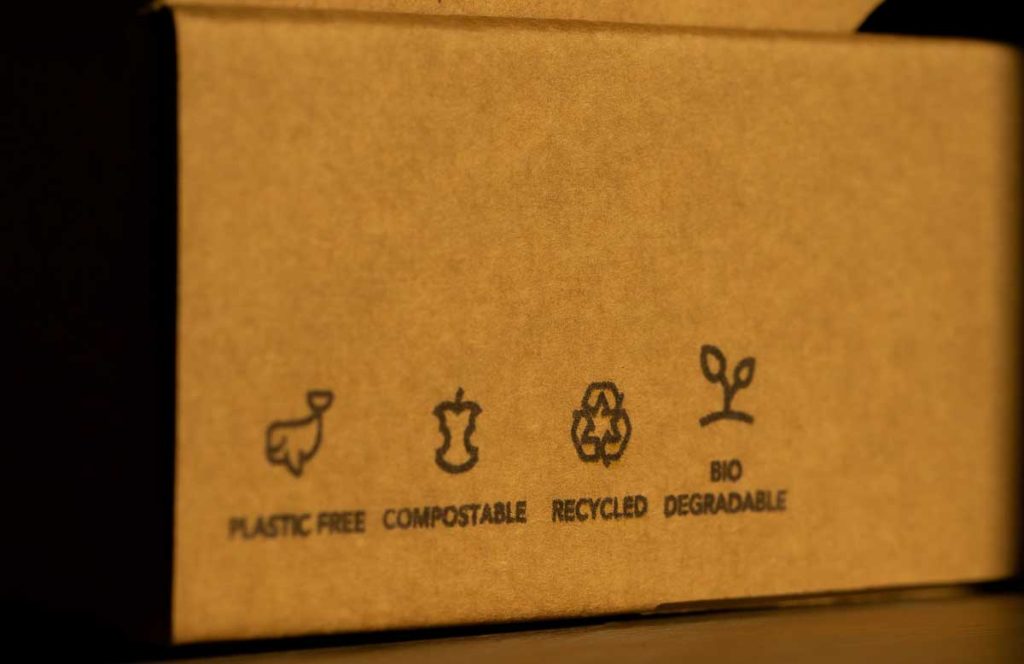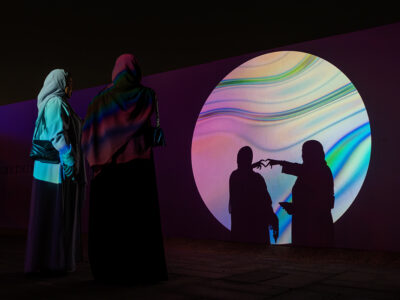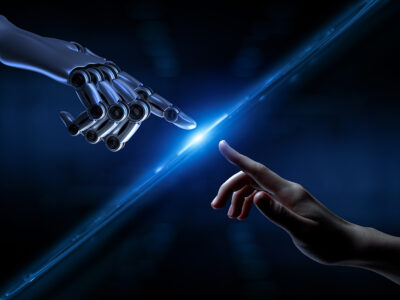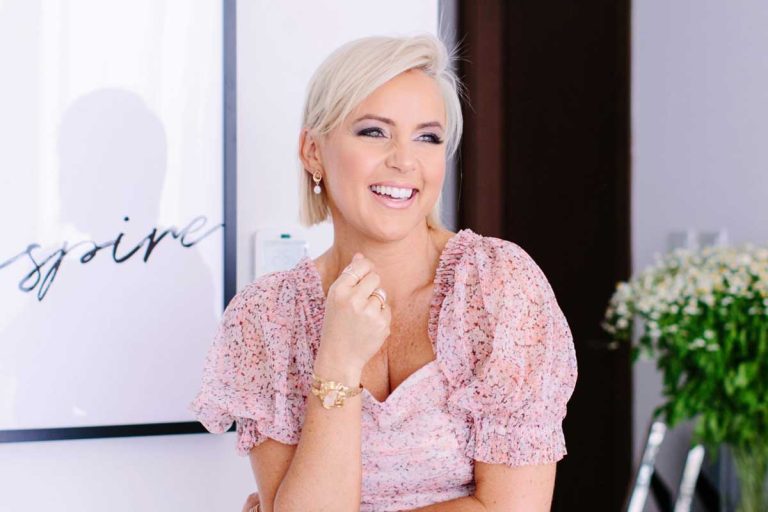Personal branding – your personal brand in particular – will continue to dominate how you grow within your company or how your business is perceived.
So why should sustainability be part of your personal brand? First of all, let’s start with understanding exactly what a personal brand is. A personal brand is a widely recognised and largely uniform perception or impression of an individual based on their experience, expertise, competencies, actions and/or achievements within a community, industry, or the marketplace at large.
Your personal brand is how you promote yourself. It’s the unique combination of your skills, experience, and personality that the world is invited to see. It reflects your conduct, behaviour, spoken and unspoken words, and attitudes. It tells your story.
Your personal branding is used to differentiate yourself from other people. If successful in doing so, you can tie your personal branding in with your business in ways that corporate businesses cannot compete with.
After all, people buy from people.
As the ramifications become more and more visible, the days of deciding whether to ‘go green’ or not are long gone. It’s now almost expected that we play a part in reducing emissions to limit global warming and save the planet from irreparable damage.
Choosing to make conscious decisions that will affect the future of the planet not only shows that you care about the future, but that you’re thinking about your customers. An American study found that 68 percent percent of millennials bought a product with a social or environmental benefit in the past 12 months, 88 percent will be more loyal to a company that supports social or environmental issues, and 87 percent would buy a product with a social and environmental benefit if given the opportunity.
I worked in the fashion industry for over 20 years. Seeing how much of an impact fast fashion alone has had on the environment made me step up and make changes to how I do things. But how easy is it?
Many people question what difference one person can make. If we’re heading towards natural disasters (heat stress, sea-level rise, flooding, drought) then how can one person at a time prevent this? But the truth is, every single small action we do – together – will start to create a movement.
Coming from a place of trial and error, learnings, and baby steps, making sustainability a part of my personal brand has not stopped there. It’s been vital that it becomes a part of my clients’ personal brands, too.
One of my clients, Nadine Zidani, is a sustainability advisor helping businesses transition into becoming a force for good. I spoke with her about what we can all be doing to make important changes.

Reduce waste
Recycled paper uses less energy and water, and its manufacturing process produces less carbon than non-recycled paper. So, as we transitioned back to seeing people face-to-face this year, all my materials for workshops got printed on recycled paper. I even added a little message at the bottom saying, ‘no one likes a trashy girl’.
Does it cost more? Yes. But as businesses have historically questioned, can their business afford to go green, the question now has to be, can they afford not to?
There’s been a massive shift in consumer awareness, requirements and expectations, and businesses who don’t get involved will struggle to survive. Zidani added that our global “material footprint” increased by 70 percent between 2000 and 2017 (UN). We consume more and more, while recycling practices are not up to par. To reduce waste, we must be thoughtful about what we buy and choose a sustainable option whenever possible.
Prioritise sustainable materials
One of my businesses produces ‘Tipple No Dribble’ Coasters; material coasters that attach to a wine glass and catch all the drips, saving silk dresses and preventing that curious wet patch when you stand up! We have transitioned into using recyclable packaging for our customers. The latest version of these quirky drip mats is made from sustainable fabrics with a high-quality yarn made from recycled plastic water bottles. The coasters themselves can also be reused, avoiding single-use products.
Nadine said that the circular economy is key to driving sustainable development and preserving our natural resources. We must rethink the way we design, use, and dispose of our daily life’s products. The UAE Ministry of Climate Change and Environment issued a circular economy policy outlining ways in which the UAE can transition towards a more circular economy.





